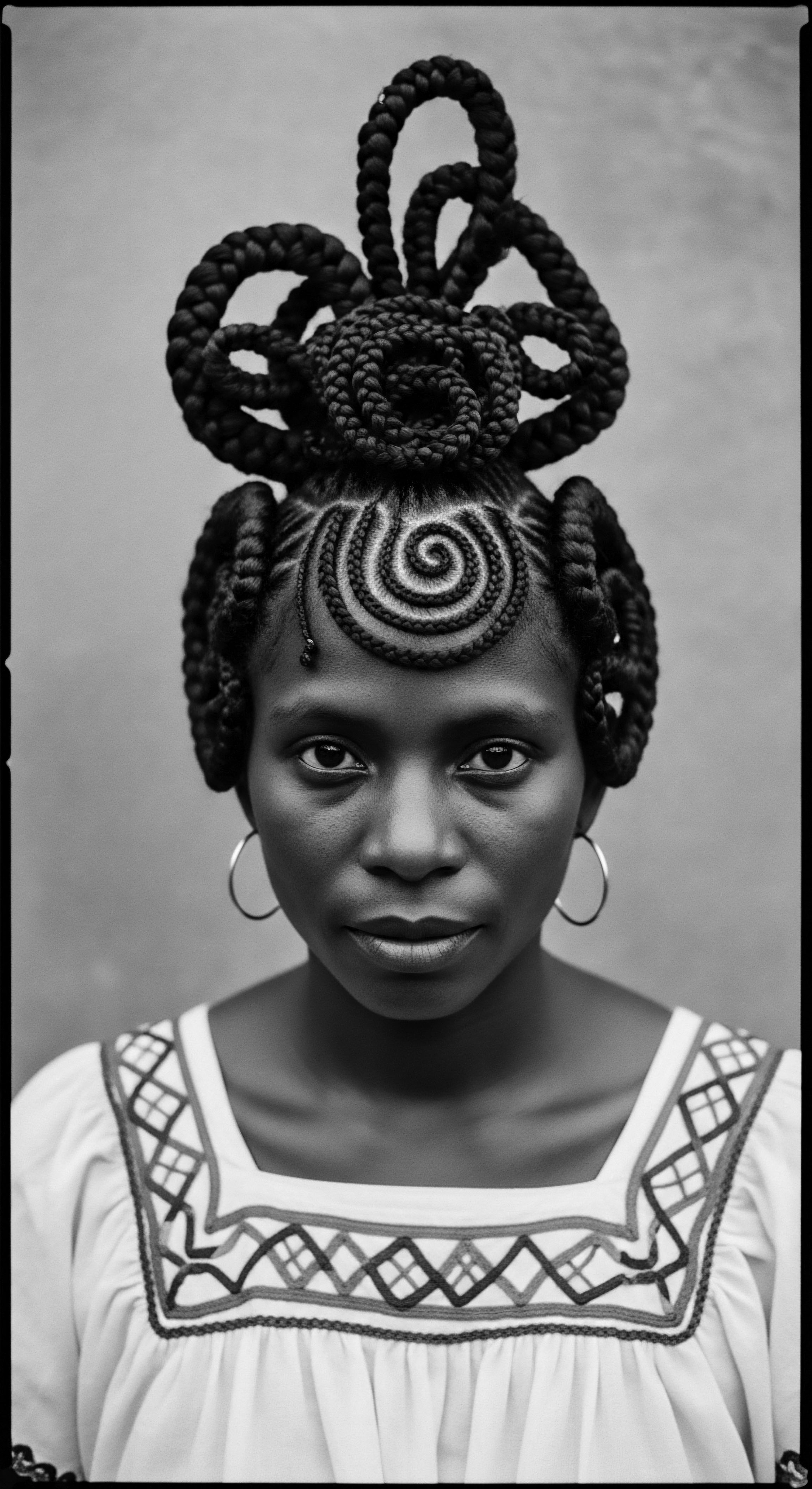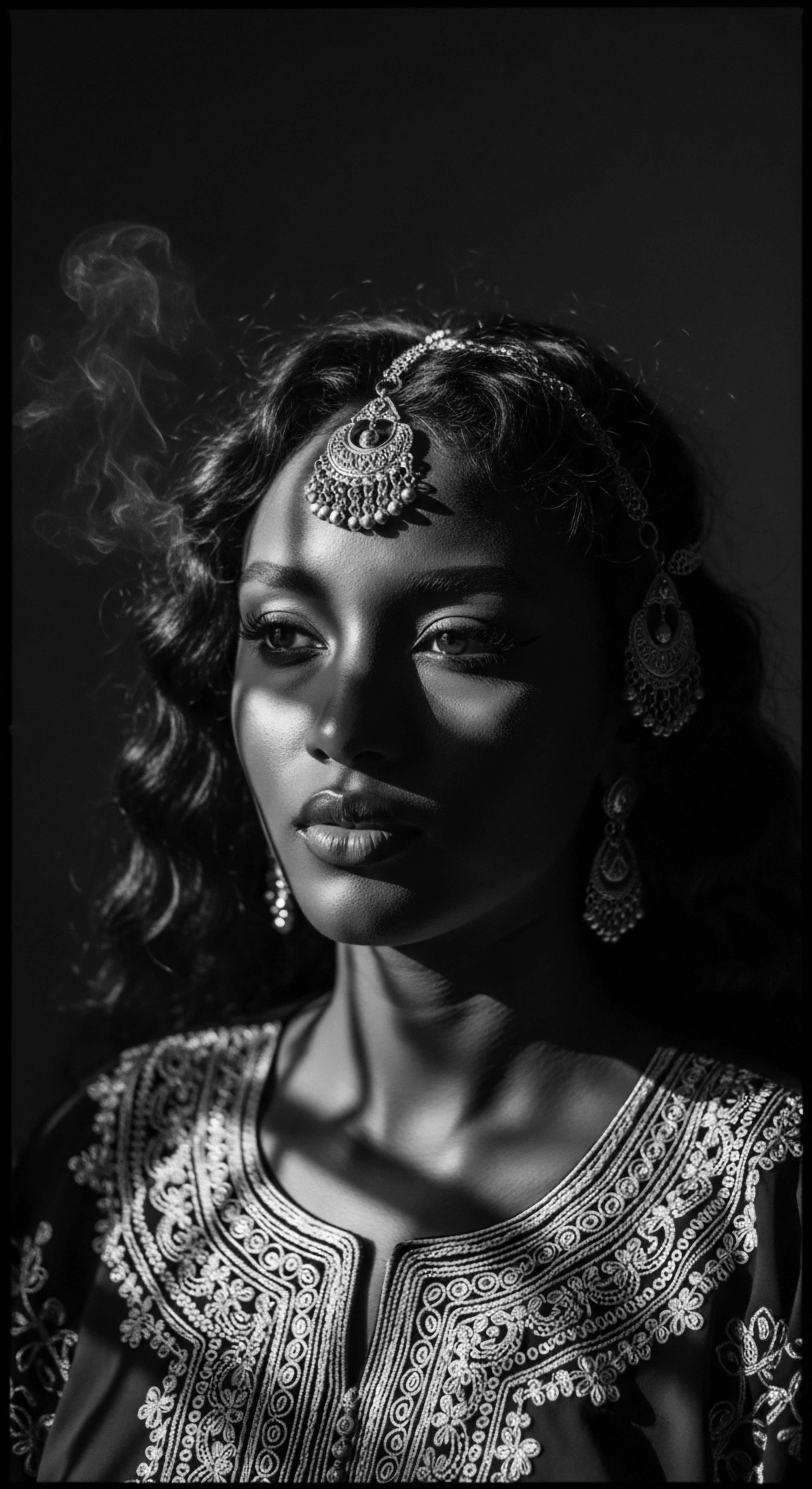
What historical botanical practices still shape modern textured hair care routines?
Historical botanical practices offer foundational knowledge for modern textured hair care routines, preserving ancestral wisdom.

In what ways did African and Indigenous wisdom influence current textured hair heritage?
African and Indigenous wisdom fundamentally shapes current textured hair heritage through ancestral practices of care, styling, and profound cultural symbolism.

How do historical styling practices inform modern textured hair care routines?
Historical styling practices inform modern textured hair care by transmitting ancestral wisdom concerning hair's inherent qualities, protection, and deep cultural meaning.

What ancestral botanical compounds still influence modern textured hair products?
Ancestral botanicals, like shea butter and Chebe powder, deeply influence modern textured hair products, echoing centuries of Black and mixed-race heritage care.

How do hair follicles vary in textured hair?
Textured hair follicle variations, from elliptical shapes to curved growth, are an inherited heritage influencing curl patterns and care needs.

What historical techniques continue to shape contemporary styling approaches for textured hair?
Ancient African hair care techniques, especially braiding and protective styling, profoundly shape contemporary textured hair approaches, embodying deep cultural heritage.

What historical comb materials were best for textured hair?
Historical combs for textured hair primarily featured natural materials like wood, bone, and horn, chosen for their gentle interaction with hair and their deep cultural significance within textured hair heritage.

